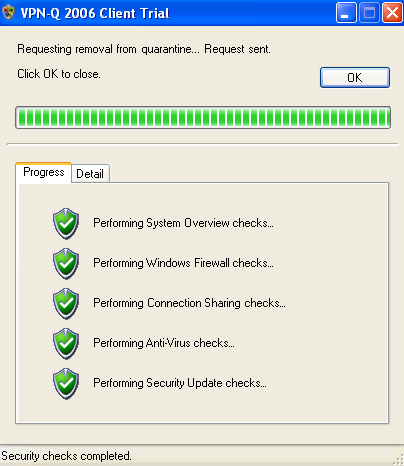

- #Dell global vpn client enter pre fill pre shared key full
- #Dell global vpn client enter pre fill pre shared key windows
Usually these scheduled scans are missed because the computer was turned off at the scheduled time.Ĭatchup Quick Scan - Enable to allow run a quick scan that was interrupted or missed previously.Ī catch-up scan is a scan that is initiated because a regularly scheduled scan was missed. A catch-up scan is a scan that is initiated because a regularly scheduled scan was missed.
#Dell global vpn client enter pre fill pre shared key full
UI Lockdown - Enable to lock down completely the UI so end users cannot change settings.Ĭatchup Full Scan - Enable to allow run a full scan that was interrupted or missed previously.
#Dell global vpn client enter pre fill pre shared key windows
Scan Avg CPU Load Factor - Set the maximum average percentage of CPU Windows Defender Antivirus can use during scans. No Action – Select to take no action with the threat.īlock – Select to block the threat from accessing the device. User Defined – Select to let the user decide what to do with the threat. Remove – Select to remove the threat from your system. Quarantine – Select to separate the threat into a quarantine folder. Set the default action for the different threat levels found during scans.Ĭlean – Select to clean the issues with the threat. Threat Default Action (Low, Moderate, High, Severe threats) Select the file paths or processes to exclude from the Windows Defender Antivirus scans. Select the time interval (in hours) between scans. Quick Scan - Enable to schedule when a quick system scan runs. The system adds the seconds set in this menu item to the default time.įull Scan - Enable to schedule when a full system scan runs. Select a time, in seconds, for a file to remain blocked while Windows Defender Antivirus analyzes it threat potential. Consider network performance when setting this menu item. Use this option to help network performance for those servers or server roles you defined for Windows Server installations that handle traffic in one direction.Įnable to configure how aggressive Windows Defender Antivirus is in blocking and scanning suspicious files. Select Windows and then select Windows Desktop.Ĭonfigure the Antivirus settings: SettingsĮnable to configure Windows Defender Antivirus to monitor the device in real time.Įnable to configure Windows Defender Antivirus to monitor inbound files, outbound files, or all files. Navigate to Resources > Profiles & Baselines > Profiles > Add and select Add Profile. Important: This profile only configures native Windows Defender Antivirus and not other third-party antivirus appliances. Windows Defender configured for all your devices ensures that your end users are protected as they use the device. Profile NameĬreate an Antivirus profile to configure the native Windows Defender Antivirus on Windows Desktop devices. The chart below shows commands for both the profile and the console that no longer require an active window user to execute them. There are some standard profiles and commands you can use to set up and control the device. User-specific profiles require an active enrolled user login.


The Workspace ONE UEM console identifies which profiles are available at what level. Some profiles are not available for both levels and you can only apply them to either the user level or the device level. When creating Windows Desktop profiles, you select the level the profile applies to. Windows Desktop profiles apply to a device at either the user level or the device level. Profiles work best when they contain only a single payload. They contain the settings, configurations, and restrictions that you want to enforce on devices.Ī profile consists of the general profile settings and a specific payload. You can think of profiles as the settings and rules that, when combined with compliance policies, help you enforce corporate rules and procedures. Find information about various profiles that connect to and protect resources, that restrict and control devices, and that are specific to Dell.

Profiles in Workspace ONE UEM are the primary means to manage and configure your Windows devices.


 0 kommentar(er)
0 kommentar(er)
